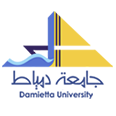Detailed introduction of Damietta University:
Introduction and Overview
Damietta University is a public university in Egypt, located in the city of Damietta in northeastern Egypt, less than 200 kilometers from Cairo, with more than 29,000 students and about 900 academic staff.
History and Establishment
The university was established in 1967 as the Faculty of Education. In the 1976-1977 academic year, the Faculty of Education first started work, followed by the Faculty of Science and the Faculty of Business in the 1985-1986 academic year, the Faculty of Special Education in the 1990-1991 academic year, the Faculty of Applied Arts in the 2004-2005 academic year, and the Faculty of Agriculture, the Faculty of Arts and the Faculty of Physical Education in the 2006-2007 academic year. In 2007, Presidential Decree No. 276 established a branch in Damietta, which was managed by Professor Mohammed Bassiouni Svilem, Vice President of Mansoura University for Academic and Student Affairs. In 2012, the Prime Minister issued Decree No. 19 to establish it as an independent university in the city of New Damietta.
School Strength
Faculty: It has about 900 academic staff with rich experience and expertise in teaching and scientific research, and can provide students with high-quality education and guidance.
Academic Achievements: It actively carries out research in multiple disciplines, and some research results have been published in domestic and international academic journals, making certain contributions to the local economic, cultural and social development.
International Cooperation: It has certain academic exchanges and cooperation with neighboring countries and regions such as Syria, Libya, and Kuwait, providing students with opportunities for international exchanges.
Nature of the institution
A public non-profit higher education institution.
Educational philosophy
Committed to providing high-quality education, research and community services and projects in accordance with national standards, cultivating graduates with competitiveness and innovation at the local and regional levels, contributing to the sustainable development of the community, ensuring the consolidation of moral values and maintaining national identity.
Key laboratories and disciplines
Key laboratories: There is no exact public information on key laboratories, but the school is equipped with corresponding experimental facilities and research platforms in the teaching and research of various disciplines.
Key disciplines: Law, engineering, archaeology and other disciplines have developed more prominently. These three colleges were newly opened in the 2018-2019 academic year and received attention and investment from the school.
Faculty
The school has seven core colleges including art, agriculture, education, science, business, special education, and sports, as well as the School of Law, School of Engineering, School of Archaeology, School of Nursing, etc.
Rankings
2024: 1001-1200 in the world university rankings, 601-800 in the physical sciences, and 601-1000 in many THE Times Higher Education impact rankings, such as no poverty, zero hunger, good health and well-being, and quality education.
2025: 151-160 in the Arab region.
Expenses
There is no exact public tuition fee standard, but the tuition fees of Egyptian public universities are relatively affordable. The annual tuition fee for undergraduates is roughly around 5,000-10,000 Egyptian pounds. The tuition fees for master's and doctoral degrees are relatively high, and the specific fees vary depending on the major.
Campus Environment
Geographical location: Located in the city of New Damietta, covering an area of 190 acres, the city is located on the international highway, connecting the provinces of Dakalia, Kafr Sheikh, Behra, Port Said and the Canal Area. It has a unique geographical location, rich natural, industrial and tourist resources, and many important monuments from the Roman, Islamic and Coptic eras.
Teaching Facilities: The campus has facilities such as a large library and dormitories, providing students with good learning and living conditions.
Climatic conditions: The area is located on the Mediterranean coast, with an average temperature of 24.5 degrees Celsius, and the climate is relatively cool and comfortable.
-
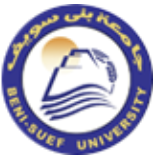
Beni-Suef University
-
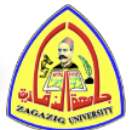
Zagazig University
-

October University for Modern Sciences and Arts
-
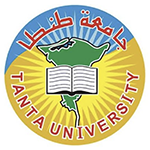
Tanta University
-

Nile University
-

Cairo University
-
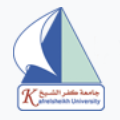
Kafrelsheikh University
-
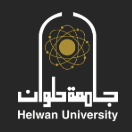
Helwan University
-

Delta University for Science and Technology
-

Minia University
-

Mesoamerican University
-

Istmo University
-

Mariano Galvez University of Guatemala
-

Regional University of Guatemala
-

Galileo University
-

Francisco Marroquín University
-

Rafael Landívar University
-

University of the Valley of Guatemala
-

University of San Carlos of Guatemala
-

Technological Institute of Tlaxcala Plateau
-

Golfo University
-

Technological University of South Sonora
-

Technological University of Huejotzingo
-

Tizimín Institute of Technology
-

Chilpancingo Institute of Technology

